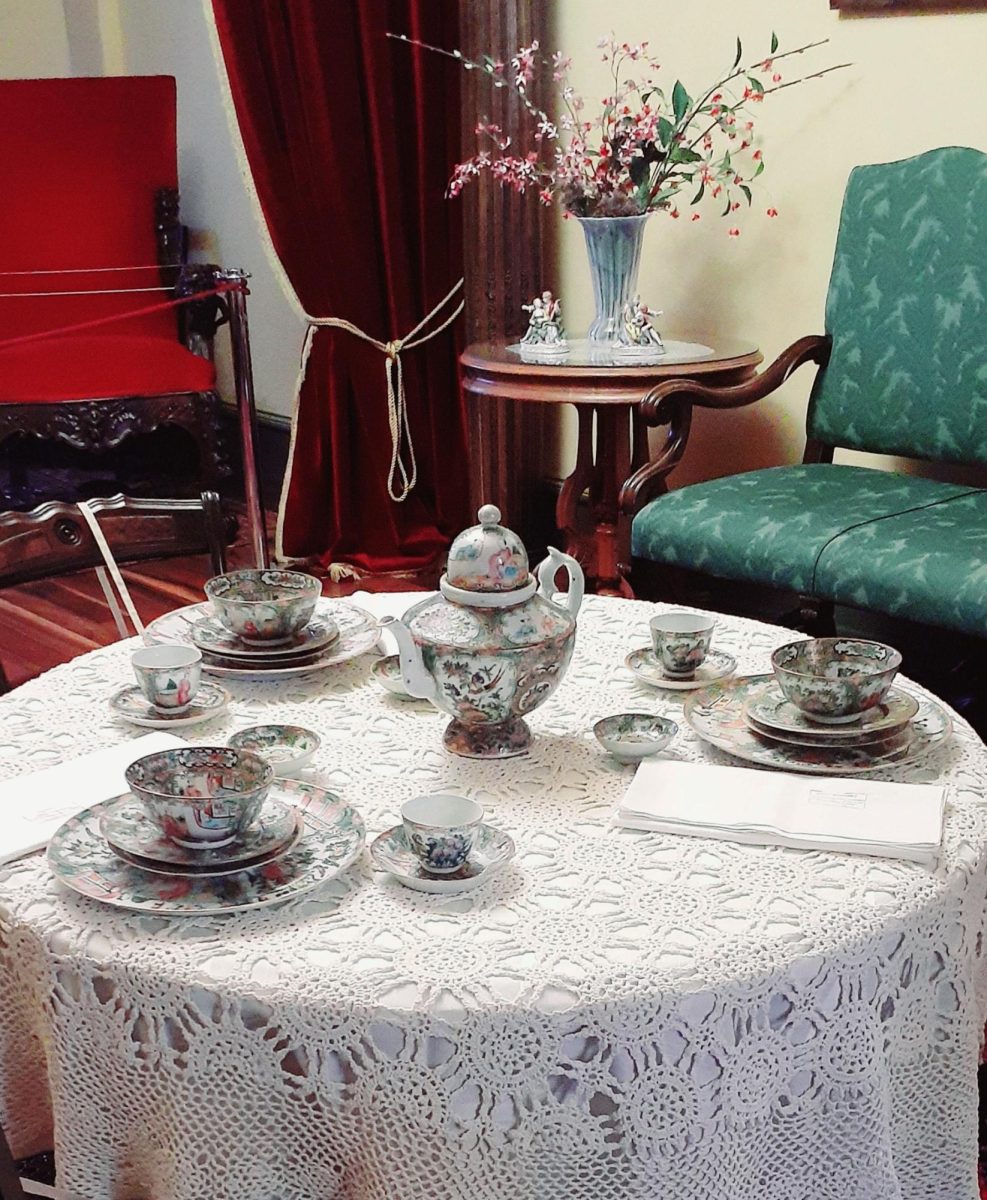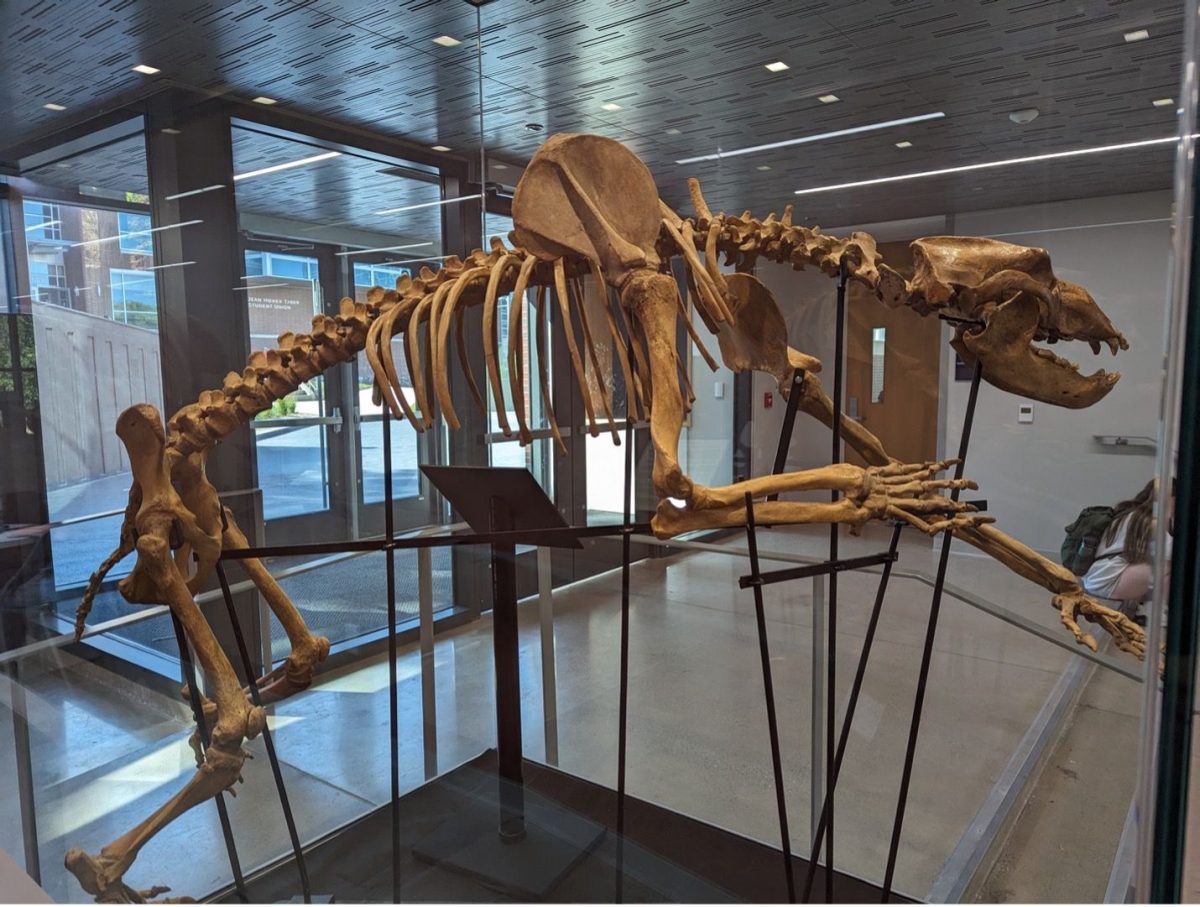By: Pamela Kellman

Hispanic Heritage Month kicked off Monday afternoon when keynote speaker Dr. Vasti Torres presented “Minorities, Majorities, and Equity in Higher Education” in the Student Union Theater.
Torres is a professor of educational leadership, policy studies and Latino studies at Indiana University. She is also the director of the center for postsecondary research at IU. Torres runs case studies of minorities in higher education at Indiana University.
“Sometimes, society looks at the Latino population and says they don’t value higher education,” Torres said.
The University of Akron, however, is home to 514 Latino students. From 2001 to 2010, Summit County has seen an 81 percent increase in its Latino population, according to Torres.
Torres says she is often asked what she is doing living in Indiana, a place with a seemingly small Latino population.
“It’s not always about the way we look on the outside . . . but we have chosen to maintain our culture despite the fact that other people don’t look or talk like us,” Torres said. “When you live in a place like Akron, Ohio, outside it looks like you have assimilated…but inside you realize there are some differences.”
Torres stressed the heterogeneous nature of Hispanic and Latino culture. The Latino identity, according to Torres, is influenced on our campus in the context of growing up in the United States.
“Identity is socially constructed,” Torres said. “Society influences . . . how you self-identify.”
“The majority culture can oppress cultures that are different from them,” Torres said. “The American Dream is not as equal as it feels,” she said.
Torres discussed the Latino population in Akron and the issue of assimilation.
The main problem with assimilation, Torres addressed, is that research indicates the need for a strong sense of cultural affinity in order for students to feel a commitment to their respected university. There is a strong need for distinct ‘cultural spaces where people feel comfortable,’ which is not to be confused with segregation, as Torres noted.
“The environment . . . influences identity, but it doesn’t take away from being Latino,” said Torres, demonstrating the importance of cultural diversity on college campuses.
Torres shared the case study of a student called Angelica, whose name had been changed to protect the her identity. Angelica, although half-Mexican, did not identify with the Latino population, and before moving into her college dormitory asked her mom not to answer the telephone because “I didn’t want the person to draw the conclusion from my mother’s voice that I was Mexican.”
For many minority students, stereotype vulnerability is a huge issue, because it causes students to limit their potential.
“You believe stereotypes apply to yourself and internalize [those stereotypes],” Torres said, whether based on an accent or the way one looks.
“I didn’t see myself in anyone on campus,” said graduate student and graduate assistant for HALO John Alvarez-Turner, who left another college for this same reason.
Like Angelica, Alvarez-Turner addressed his battle to accept his Latino identity. When Alvarez-Turner first came to Akron, he dropped part of his last name in order to assimilate, although his cultural custom is to keep the names of both mother and father. Now, Alvarez-Turner realizes the importance of his Latino roots, and stresses the fact that he uses both names.
For another student in Torres’s case study whose name has been removed, her accent caused her to think of herself as unintelligent.
“I feel like it is almost impossible for me to get a major and graduate from college in the United States,” Torres quoted from the student from her case study. Native-born Americans, because they had no apparent accents, were perceived by the student as more intelligent.
Torres explained that as an advocate with the “ethical and moral obligation to help those battling oppressive thoughts,” it is important to turn the image that being different is a negative thing to a positive.
For starters, minorities must be able to find a niche on campus, and Torres asks us to ponder what we as a campus can do to better suit the minority populations present at UA.
“First-generation college students may not understand they need to see an adviser,” Torres said.
Some students end up with the number of credits required to graduate, but they have not met specific requirements for their major because they were unaware of them. For first-generation college students like Angelica, Torres stresses the presence of a mentor as a key in finishing college.











